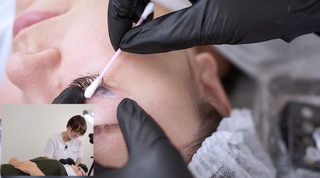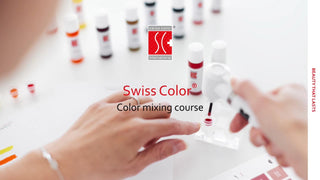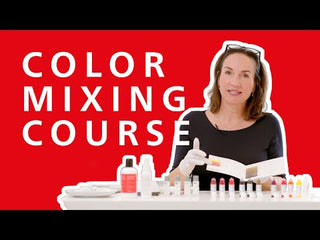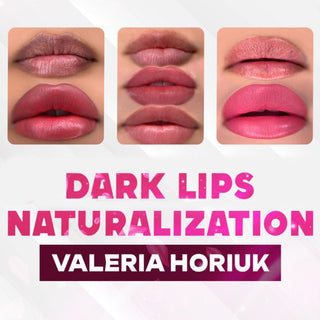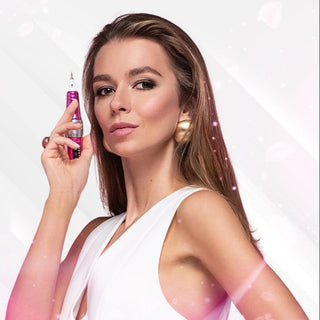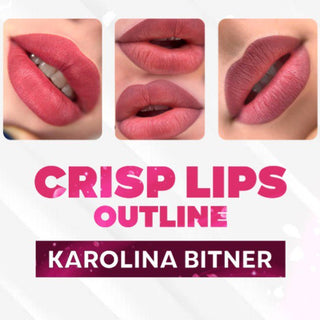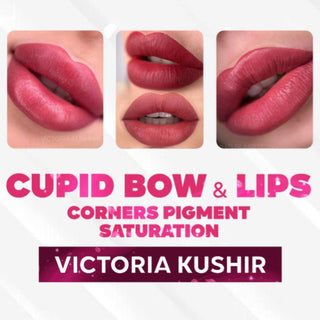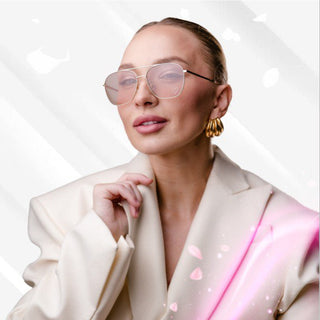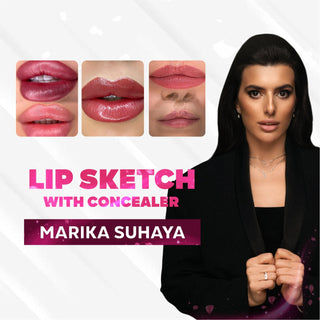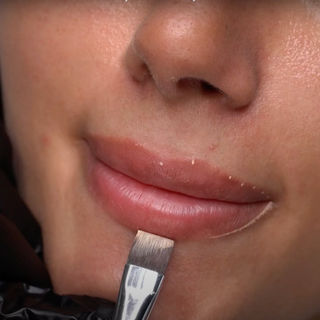Did you know that 70% of your final result lies in the choice of pigment? It comprises microscopic particles implanted in the dermis, interacting with the skin's psychology.
The way that pigment heals, how long it lasts, and what color it fades into all depend on the formula, the quality of the ingredients, and your client's skin type.

Types of PMU Pigments
There are two main types: organic and mineral (inorganic) pigments. But today, many PMU brands promote using hybrid pigments — a mix of these two types, created to achieve brightness and durability.
Organic Pigments
These pigments are made using advanced color compounds (like azo dyes) and are known for their saturated look. Right after the procedure, organic pigments appear bold, making them a go-to for oily or dense skin clients.
Inorganic Pigments
These pigments, made from metal oxides (such as iron oxide, titanium dioxide, or chromium oxide), tend toward softer, earthy shades. They’re perfect for clients who want a natural result, especially those afraid of overly bold results.
Mineral-based pigments are a dream for dry, delicate, or aging skin. They heal softly, blend in beautifully, and give an airy, powdery finish that looks natural. Because their formula is simpler and less reactive, they also tend to be more skin-friendly for clients with sensitivities.
Choosing Pigment by Skin Type
The skin type affects the healing process, how the pigment settles, and how the color may shift over time. Oily skin tends to expel pigment faster, while dry skin may retain color more densely, sometimes appearing darker after healing.
Factors such as hormones, lifestyle, and climate influence the outcome. Permanent makeup is not recommended if you tend toward skin hyperpigmentation on the face.
Even the highest-quality pigment can produce unpredictable results if the PMU artist overlooks the skin’s characteristics. Albina Lazereva, founder of Etalon Mix, explains this concept in her free course Etalon Mix Color Theory & Pigments Overview.
Etalon Mix Pigments
Etalon Mix is a pigment line created by artists, for artists. Trusted in over 25 countries and backed by international awards, this brand has earned a solid reputation in the PMU world.
The formula is skin-friendly, with ingredients like purified water, glycerin, stable colorants, polymers, and witch hazel that help soothe the skin during the procedure and support a smoother healing process. You won’t find any heavy metals or known allergens here — everything is certified under EU and EAEU standards.
Overview for Brows
The hybrid palette from Etalon Mix features six versatile shades: No.1 Hazelnut, No.2 Milk Chocolate, No.3 Cognac, No.4 Light Brown, No.5 Dark Chocolate, and No.10 Arabica. The first five colors contain an organic pigment group built on a carbon black base, which gives them exceptional depth and intensity. After healing, you can expect a solid color retention, with minimal fading or unexpected shifts. They’re super easy to layer, blend well, and give consistent, reliable results immediately and months later.
The mineral palette includes shades No.6 Taupe, No.7 Pecan, No.8 Tiziano, No.9 Sepia, and No.10 Arabica. These pigments are formulated with iron oxides, giving them a soft, muted color for natural-looking results. They apply smoothly and don’t require heavy layering.
Overview for Eyeliner
The “Black” eyeliner pigment has a high concentration of carbon black. As it heals, the pigment transitions into a pleasant grey. It is because the presence of iron oxide acts as a subtle warmth provider, helping to balance the intensity of carbon black and prevent unwanted blue tones. The formula offers excellent control during application and requires no additional correctors.
Overview for Lips
The Etalon Mix lip palette includes seven beautifully balanced shades. They heal into soft, natural-looking tones. You can also add correctors to lip mixes for brighter shades or work in layers for neutralization. If you're using a watercolor technique, a few drops of thinner are all you need to soften the lip pigment and achieve smooth, translucent passes.

Get Up Close with Etalon Mix Pigments: Free Course
In this course, you’ll complete 11 practical lessons that explain how pigment formulas, Fitzpatrick skin types, and fundamental color principles work together. You’ll also get a detailed overview of each Etalon pigment across all product lines. It lets you know the brand’s products up close and see how they perform in real-world work.
Each lesson includes helpful diagrams, charts, color samples, and real-life examples. Plus, with lifetime access, you can study at your own pace and revisit the content whenever you like.

